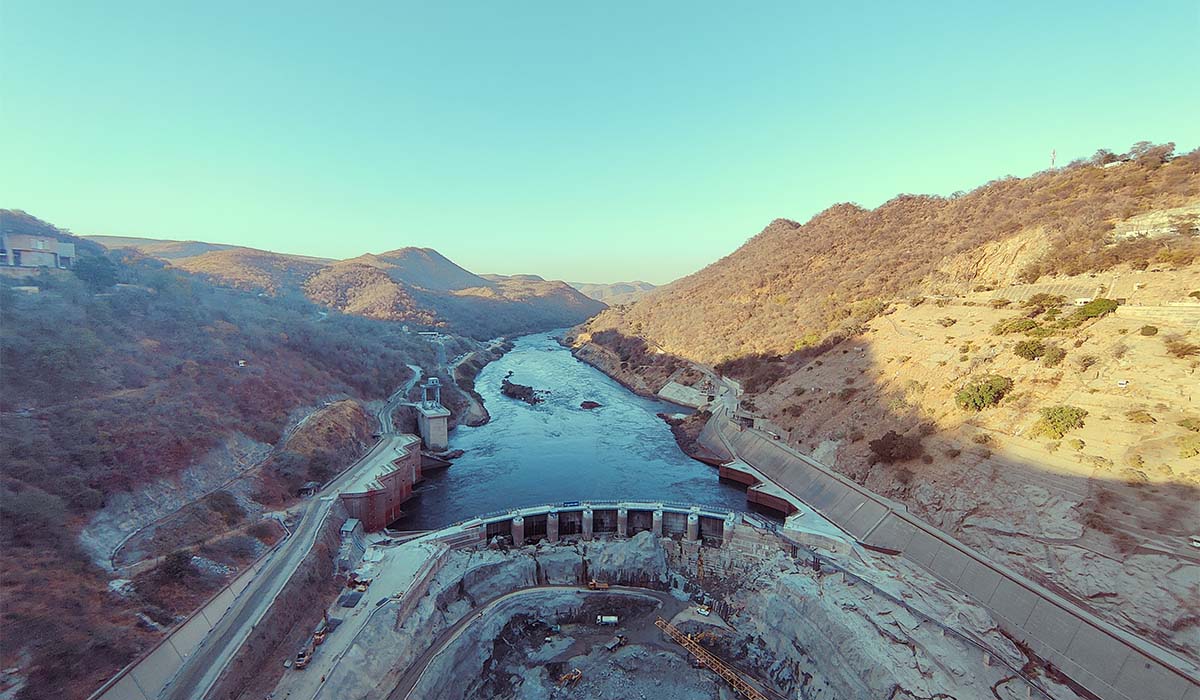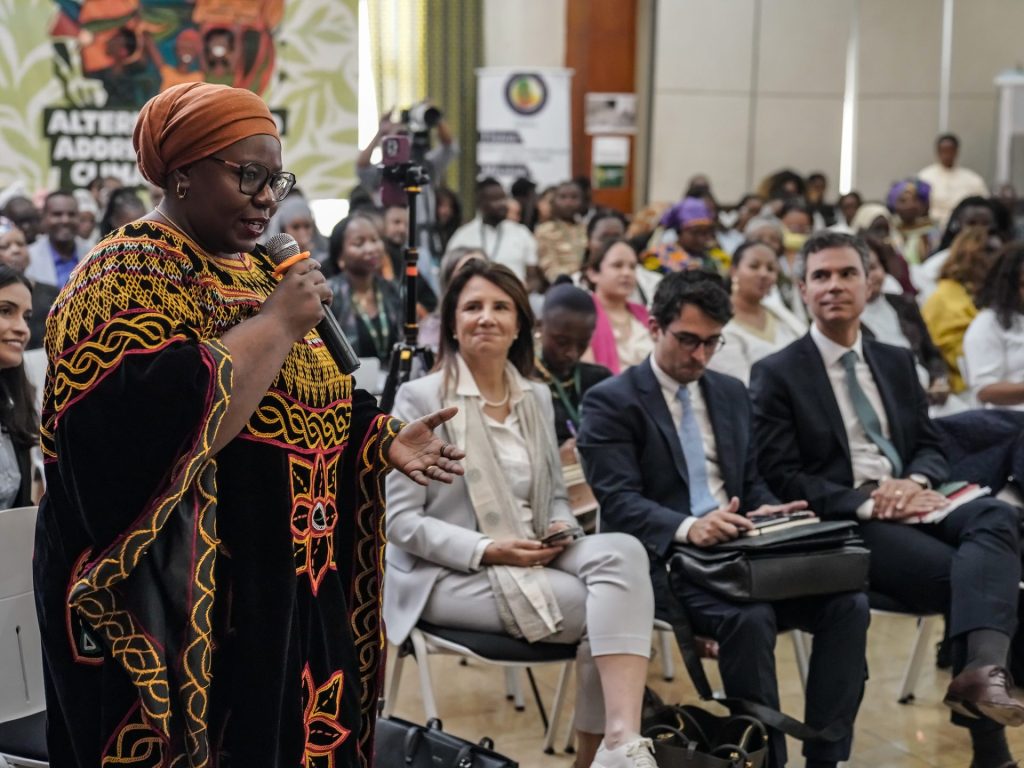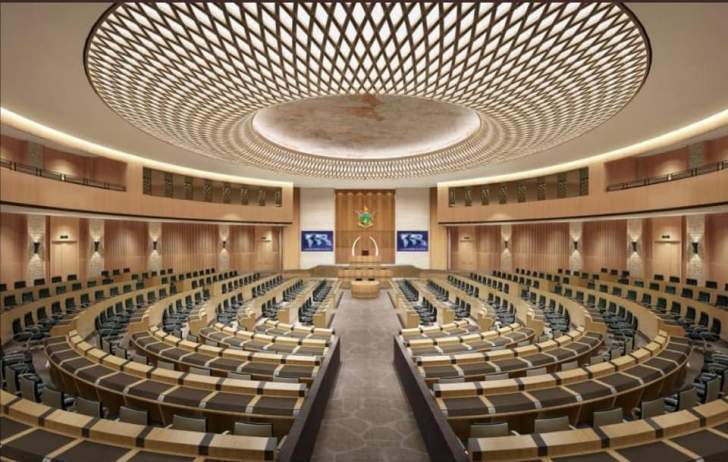Zambia is not the only country dealing with the effects of El Niño weather conditions. Botswana, Lesotho, Namibia, Malawi and Zimbabwe have all declared a state of emergency due to severe drought. On the other end of the spectrum, parts of Madagascar, Mozambique, Malawi and Zambia have experienced flooding. El Niño weather conditions are not uncommon in Southern Africa, usually occurring every three to seven years. However, rising ocean temperatures and changes in atmospheric conditions due to climate change are likely behind the increased frequency and intensity of these events.
The effects of below average rainfall have been widespread, with the Southern African Development Community (SADC) estimating that at least 17% of the region’s population, 68 million people, requires food aid. A combination of poor rainfall and high temperatures has also affected hydropower generation on Lake Kariba, which Zambia shares with Zimbabwe. The plant is Zambia’s primary source of electricity, and now the country is beset with rolling electricity blackouts that can last up to 22 hours a day. Combined with the drought, the energy crisis is a blow to the country’s already fragile economy.
How is the Zambian government responding to the crisis? Primarily through relief projects that target food insecurity. Mumba Zulu is an economist and currently serves as a district disaster management officer under Zambia’s Disaster Management and Mitigation Unit (DMMU). He pointed to four interventions that the Zambian government (through the DMMU and other departments) is undertaking to address food insecurity and loss of income in the agricultural sector. Distribution of food (such as bags of maize) is meant to aid particularly vulnerable groups such as the elderly and disabled. Food for Work schemes are aimed at people who were unable to produce a sufficient agricultural yield due to the drought. They are recruited to work on long-term infrastructure projects such as community recreation centres and sanitary projects for local communities in exchange for food aid. The Cash for Work programme works in a similar fashion, except its beneficiaries receive money to purchase food. The third intervention is the Wetland Programme. Farmers that have access to arable land suitable for irrigation receive agricultural inputs including fertiliser and grain seed. “We don’t have rain, but people still need to eat,” explains Zulu. The programme’s goal is to enable farmers to grow and harvest a yield in the period leading up to the next rainy season, in or around November 2024. Lastly, there is the Emergency Cash Transfer Programme. Run by the Department of Social Welfare, the Programme pays out ZMW400 (roughly USD15) monthly or ZMW800 bimonthly.
Are these interventions effective? Despite the declaration of a state of emergency and the creation of the DMMU, there are still gaps in Zambia’s disaster response. The 2010 Disaster Management Act is meant to provide a framework and establish processes for disaster prevention, mitigation and management in the country. However, Zulu believes that more could be done: “The framework is not so robust, because there is a need for [the government] to make reforms. There are a lot of parameters that we fail to measure. For disasters like drought, we need to take a more holistic approach.” He highlights the National Decentralisation Policy as one example. Meant to promote local governance and community-led development, the Policy has provisions for the creation of a disaster contingency fund under the Constituents Development Fund. However, this means that the DMMU does not manage or have access to the contingency fund. Instead, it is constrained to rely on individual local authorities deciding whether or not to release the funds. There is also the issue of limited manpower. As it stands, there is only one officer per district. “It reduces efficiency, and the government can do better if it increases manpower to reduce the workload in these districts.”
Then there is the question of funding. Zambia needs an estimated ZMW 21.3 billion (USD 941 million) for lifesaving assistance and early recovery interventions for the 6.6 million people affected. In June, the country struck a deal to restructure $13.4 billion in debt, removing $900 million dollars from the country’s debt and expanding the schedule for repayment. In principle, the programme frees up funds that the Zambian government can use for improving disaster management mechanisms and policy, providing disaster relief and diversifying the country’s energy infrastructure. However, this hasn’t translated into government departments getting the funding they need. “If money isn’t channelled towards the right departments, then the programmes will not cascade to the lower levels. The end result is people dying of hunger and dealing with malnutrition. Government needs to have a long-term perspective and needs to continue channelling funds towards disaster management,” says Zulu. Even though above average rains expected for this year’s season, the Zambian government should continue funding disaster mitigation and relief programmes, build resilience in vulnerable communities and updates its water and energy infrastructure for future extreme weather events.





